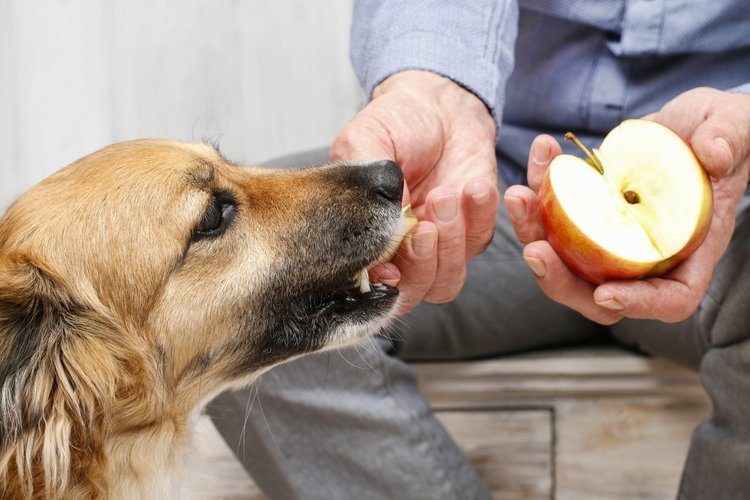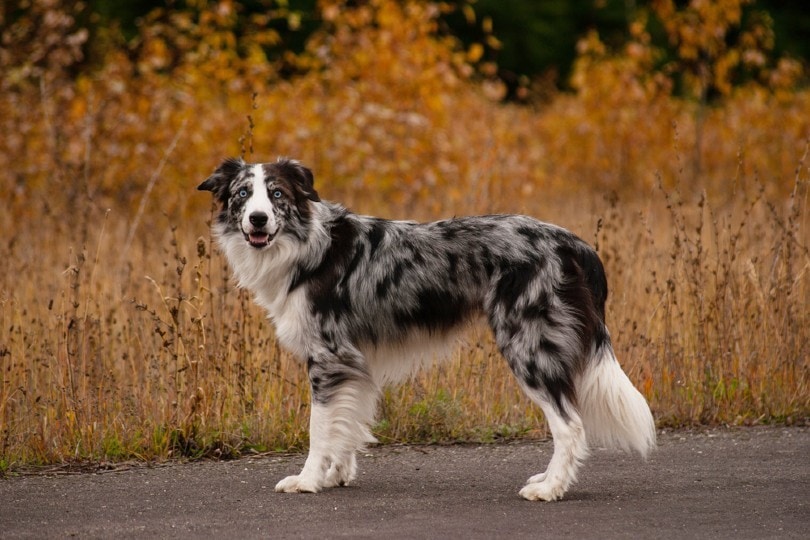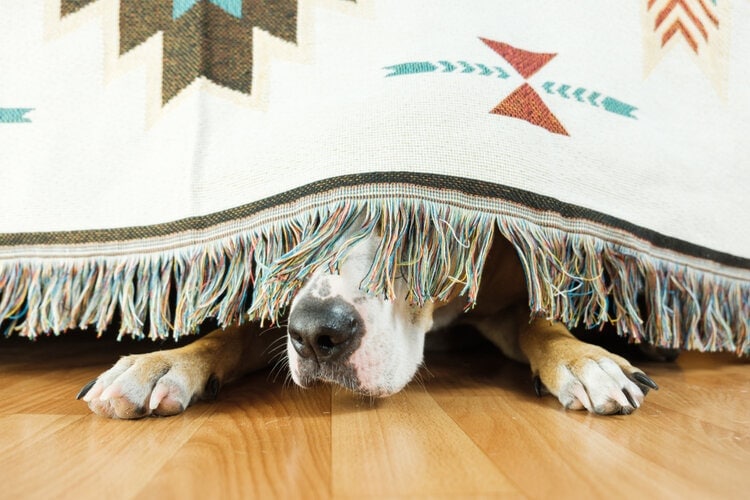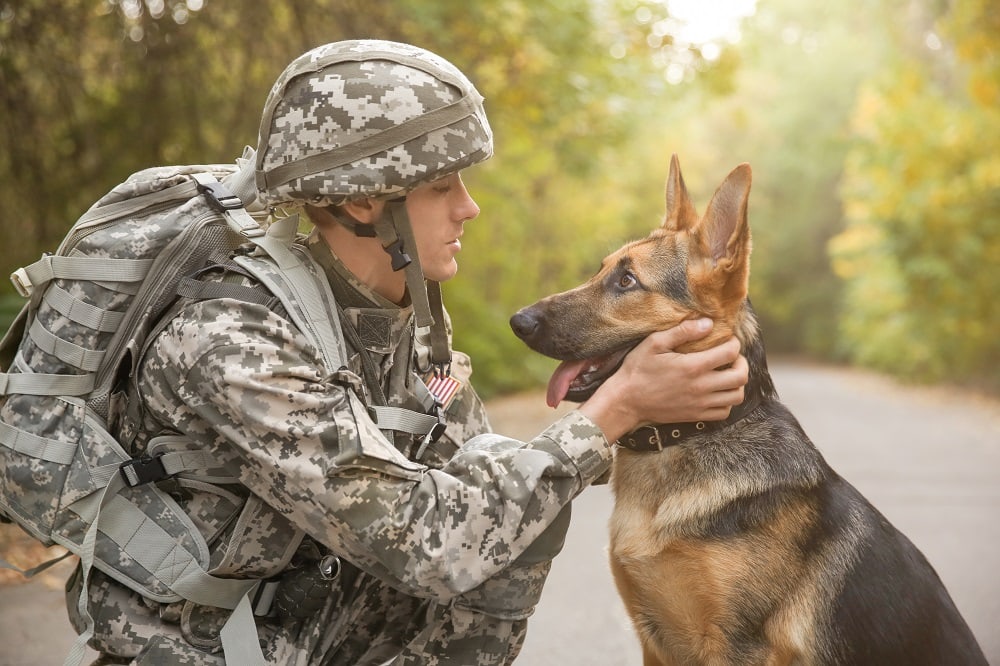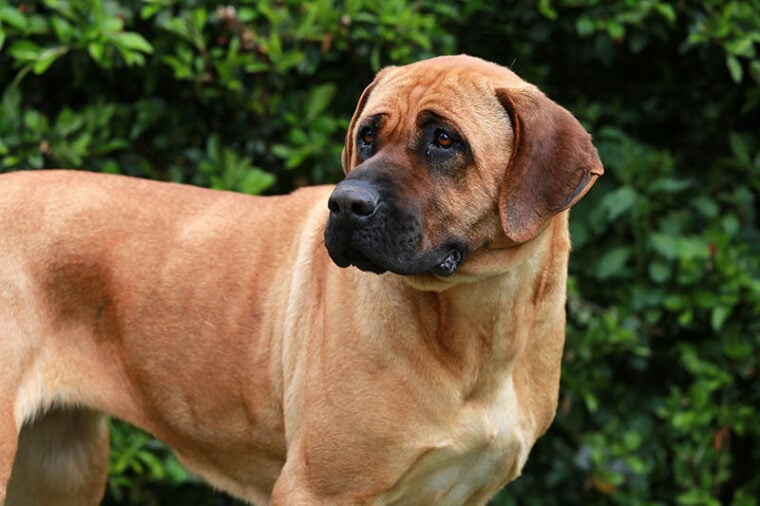
Also known as the Tosa Ken or Japanese Mastiff, the Tosa Inu is a well-built dog bred in Tosa, Shikoku, present-day Kochi. The dog’s popularity boomed from the 1920s to 1930s, with more than 5,000 breeders dedicated to breeding them1 .
Though the breed is still legally used for Japanese dogfighting, ownership in some countries is restricted. But in other parts where ownership is legal and dog fighting has been banned, the dog is used for security and companionship. Continue reading to find out why this dog is so rare, banned in some countries, how to take care of a Tosa Inu pup, and things to know before owning one.
Breed Overview
Height:
24–32 inches
Weight:
135–200 pounds
Lifespan:
10–15 years
Colors:
Fawn, red, apricot, brown, black, brindle
Suitable for:
Experienced dog owners, people with large gated homes, large families
Temperament:
Vigilant, aggressive, fearless, protective, patient, intelligent, loyal, eager to please, trainable
Tosa Inus are fascinating, powerful, and intimidating dogs. Present-day dogs were born by interbreeding Shokiko Inus (indigenous mid-sized dogs found in Japan) and large breeds like English Mastiffs, Great Danes, and St Bernards.
Tosa Inu Characteristics
Tosa Inu Puppies

Before bringing home a Tosa Inu, there are a few things you need to consider. These massive dogs will require a calm, confident owner and are not ideal for first-time dog parents.
These dogs are not common in the US and finding one can be a challenge. If local shelters do not have a Tosa Inu, which is likely as this breed is rare, look for a local breeder. On average, a Tosa Inu pup will cost you between $800 and $5,000, depending on the breeder and availability. In addition to acquisition costs, include training fees and the cost of transport, food, toys, and vet examinations in your budget.
Temperament and Intelligence of the Tosa Inu
Tosa Inus are intelligent dogs able to understand and execute basic commands from a young age, provided they are well-trained.
Are These Dogs Good for Families? 👪
Japanese Mastiffs are family-friendly. From a young age, a pup will bond with all family members, including older children. However, they are large and powerful and may not be the best choice if you have young children around.
Does This Breed Get Along with Other Pets?
Tosa Inus are quick to get into a fight with dogs of the same gender unless trained and socialized from a young age. When around small pets such as rabbits and hamsters, the Tosa will likely see them as prey, so it’s best to keep them separate.
However, proper training and introduction of the dog to other pets from an early age will reduce aggressive behaviors.
Things to Know When Owning a Tosa Inu
Food and Diet Requirements 🦴
Tosa Inus are huge dogs with a larger-than-life appetite, which means owners should follow strict dietary requirements from puppyhood to adulthood.
Your Tosa should be fed on a high protein, good quality dry or wet food. The food should be specifically formulated for a large breed with fairly high energy levels. However, be careful of overfeeding or giving this dog too many treats as they are prone to getting overweight. Divide the food into at least 2 equal servings per day—feeding your dog in the morning and evening is recommended.

Exercise 🐕
Japanese Mastiffs require daily mental stimulation and exercise to live a healthy, happy life. That said, they are typically laid-back, low-energy dogs that only need an hour or two of moderate exercise per day. Slow walks, hikes, and interactive games are typically enough to exercise these dogs.
Training 🎾
Training a Tosa Inu should start from a young age. These large, powerful animals need a firm but gentle hand, and due to their muscular bodies proper training is essential. They are eager-to-please, intelligent dogs and are thus fairly easy to train with positive reinforcement techniques. Make sure to keep the training sessions short to keep your dog interested. We recommend around three training sessions of roughly 5 minutes each per day.
Grooming ✂️
Grooming Tosas is pretty easy, thanks to their short, coarse coats that do not require regular combing and trimming. Compared to other types of Mastiffs, drooling is light in Tosa Inus. With that said, they are still Mastiffs and will certainly still drool—you need to have wipes close by!
Tosas will typically wear down their claws naturally by playing and walking on hard surfaces daily. But since this is not always the case, trimming may be needed occasionally. Tosas are generally low-maintenance dogs that are a breeze to groom.

Health and Conditions 🏥
Tosa Inus are generally healthy dogs with a long expected lifespan considering their large size. Breed-typical health issues are not common in these dogs, but they can still suffer from a few potential health issues.
Serious Conditions
Gastric dilatation-volvulus is a life-threatening condition affecting deep-chested dogs like Tosa Inus in which the stomach traps gas resulting in gastric dilation, commonly referred to as bloat. In GDV, however, the condition rapidly progresses into volvulus, a gas-filled stomach that twists itself, blocking escape routes.
Minor Conditions
Hip and elbow dysplasia occurs when joints are not formed properly due to shallow sockets. The disease may result in arthritis if not managed properly.
Male vs. Female
It is fairly difficult to distinguish a male from a female Japanese Mastiff, as they are very similar in appearance and size, as well as personality. Mature Tosas weigh over 100 pounds, but males are often a bit bigger and more muscular, as in other dog breeds. When it comes to temperament, both are loving, patient, and loyal.
3 Little-Known Facts About Tosa Inus
While both dogs share the last name, Tosas and Shibas are different breeds. A Tosa Inu is a fighting dog, while a Shiba Inu is a medium-sized nimble hunting dog. A Shiba is one of the six Spitz-type dogs native to Japan.
2. Tosa Inus are the largest dogs in Japan
Of all dogs that call Japan home, Tosa Inus are the largest. At up to 32 inches high, it dwarfs all native Japanese dogs and most breeds in the US and Europe.
3. They are banned in many countries
The Tosa Inu is a restricted dog in many countries due to their fighting history. The breed is banned or restricted in the UK, Australia, Denmark, Norway, and several other countries, although thankfully, not in the US.
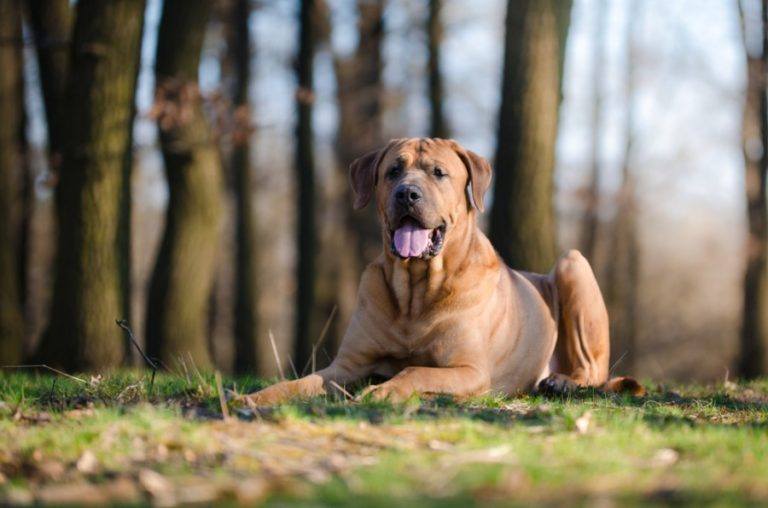
Summary
A Tosa Inu is a large dog from Japan that was initially bred for fighting but is now kept predominantly as a loving companion.
These powerful dogs require a firm hand in training and are thus not ideal for first-time owners. While they are intelligent and fairly easy to train, they are large dogs with a high prey drive and are not suitable in homes with small pets and young children.
If you have the time and patience to dedicate to training one of these rare dogs, they can make wonderful companions.
Featured Image Credit: acceptphoto, Shutterstock





